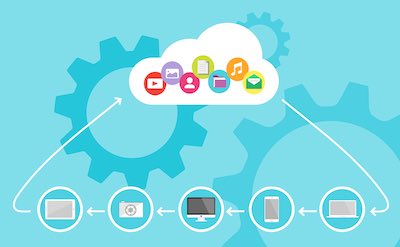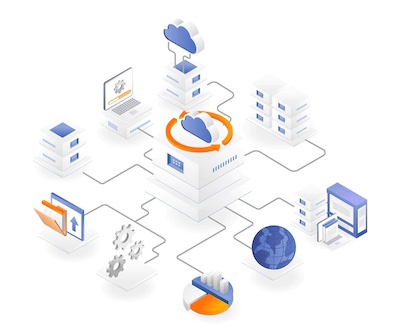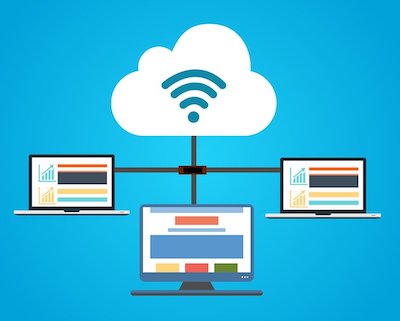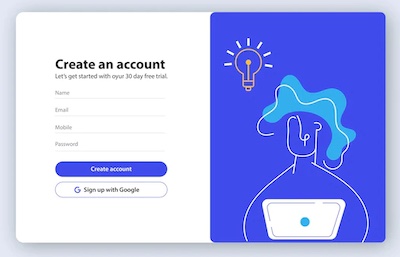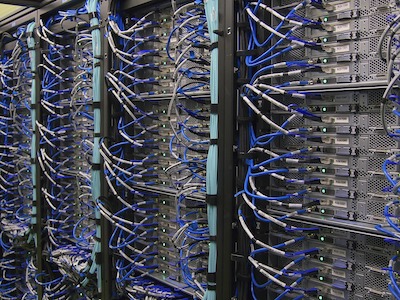 If you're new to cloud servers, you may be confused by the terminology used to describe this technology. Cloud servers have their own set of jargon and buzzwords that can be daunting to understand, especially for beginners. In this article, we'll demystify some of the key terms you need to know to get started with cloud servers.
If you're new to cloud servers, you may be confused by the terminology used to describe this technology. Cloud servers have their own set of jargon and buzzwords that can be daunting to understand, especially for beginners. In this article, we'll demystify some of the key terms you need to know to get started with cloud servers.
Cloud Computing
Cloud computing refers to the delivery of computing resources, including servers, storage, and applications, over the internet. This allows users to access these resources from anywhere, without needing to manage or maintain physical infrastructure.
Virtual Machine (VM)
A virtual machine is a software implementation of a physical machine, such as a server. Virtual machines allow multiple operating systems and applications to run on a single physical machine, increasing efficiency and reducing costs.
Infrastructure as a Service (IaaS)
Infrastructure as a Service refers to a type of cloud computing where a third-party provider hosts and manages computing infrastructure, including servers, storage, and networking. This allows businesses and organizations to rent computing resources on a pay-as-you-go basis, rather than investing in physical infrastructure.
Platform as a Service (PaaS)
Platform as a Service is a type of cloud computing where a provider offers a platform for developing and deploying applications, including tools and frameworks for building, testing, and deploying applications. This allows developers to focus on their applications rather than worrying about infrastructure and maintenance.
Software as a Service (SaaS)
Software as a Service refers to a model where software applications are delivered over the internet, rather than being installed on local machines. Users can access these applications through a web browser or mobile app, without needing to manage or maintain the underlying infrastructure.
Elasticity
Elasticity refers to the ability of cloud servers to scale resources up or down quickly and easily, in response to changes in demand. This allows businesses and organizations to adjust their computing resources to meet their specific needs, without needing to invest in additional physical infrastructure.
Scalability
Scalability refers to the ability of a system to handle increases in workload or demand. Cloud servers are highly scalable, as additional resources can be added or removed quickly and easily, allowing businesses and organizations to respond to changing demands.
Availability
Availability refers to the ability of a system to remain accessible and functional, even in the face of hardware failures or other disruptions. Cloud servers are designed to be highly available, with redundant hardware, network connections, and power sources.
Load Balancing
Load balancing refers to the process of distributing workloads across multiple servers, in order to improve performance and increase reliability. Load balancing can help ensure that no single server is overwhelmed with too much traffic or workload.
Redundancy
Redundancy refers to the duplication of critical components in a system, in order to increase reliability and reduce the risk of failure. Cloud servers are designed with redundant components, such as power supplies, network connections, and storage, in order to ensure high availability and minimize downtime.
Conclusion
Cloud server technology can be confusing for beginners, especially when it comes to the jargon and terminology used to describe it. However, by understanding these key terms and concepts, you can start to demystify cloud servers and take advantage of their many benefits. Whether you're looking to rent computing resources on a pay-as-you-go basis or build and deploy your own applications, cloud servers offer a flexible and cost-effective solution for businesses and organizations of all sizes.


